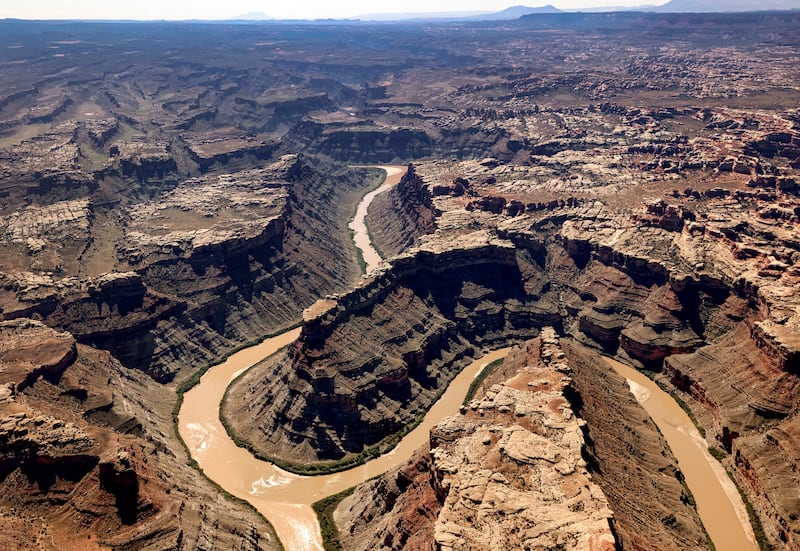How Dust is Changing Utah's Snow and Water Future
Utah's breathtaking mountains and high desert landscapes are more than just visually stunning. The state plays a vital role in the West’s water supply, especially through contributions to the Colorado River. However, a new environmental challenge is making waves: rising levels of dust settling on Utah’s snowpack. This subtle force is accelerating snowmelt and threatening both local water security and river health downstream.
Dust and Snow: A Delicate Balance
Recent scientific studies from University of Utah hydrologists reveal a concerning trend: dust is causing snow in Utah’s mountains to melt faster than ever before. When dust settles on snow, it darkens the surface. This reduces the snow's ability to reflect sunlight (albedo), causing it to absorb more heat and melt sooner.
According to Deseret News, researchers analyzed 23 years of satellite data to study this effect. They discovered that, during years with high dust activity, snowmelt can accelerate by as much as 10 millimeters per day. The earliest and most intense impacts were found in Utah’s central-southern Rocky Mountains, especially at mid-alpine elevations where runoff feeds vital waterways.
Why Faster Snowmelt Matters for Utah
The timing of snowmelt affects not only Utah’s local ecosystems but also water availability across much of the Southwest. The Colorado River relies on a steady melt to provide drinking water, irrigate crops, and support millions of people. Fast melting dumps water into rivers all at once, making water management difficult and reducing supplies later in the year when they’re needed most.
Patrick Naple, a doctoral candidate at the University of Utah, explains that even small increases in melt rates can shift the entire water schedule by weeks. This presents new challenges for reservoir managers and farmers, who must adapt to earlier and less predictable water arrivals. Drought and human water use only heighten these risks for Utah and its neighbors downstream.
Great Salt Lake’s Connection to Dust
One major source of dust is the shrinking Great Salt Lake. Exposed lakebeds create huge dust plumes, which are carried by wind into the Wasatch Mountains and beyond. A University of Utah-led study found record levels of dust in 2022, speeding up snowmelt at critical sites by up to 17 days. This direct link between Utah’s unique geography and water outcomes shows how local environmental changes have deep regional consequences.
Managing Utah’s Future Water Supply
The findings of these studies push the conversation about water planning in Utah in a new direction. Experts hope to integrate dust data into snowmelt forecasts, helping everyone from city planners to farmers make smarter, more informed decisions. As water demands grow and climates shift, adapting to these changes is critical for securing Utah’s future.
For more details, you can read about the science and potential solutions in this article from KSL.com.
Conclusion: Collaboration for a Changing Utah
Utah stands at the crossroads of environmental challenges and pioneering research. Dust isn’t just a nuisance—it’s a force reshaping snowpack, river systems, and daily life. By understanding and addressing the impact of dust, Utahns can work together to protect precious water resources and ensure a vibrant future for the Beehive State and the entire Western region.
